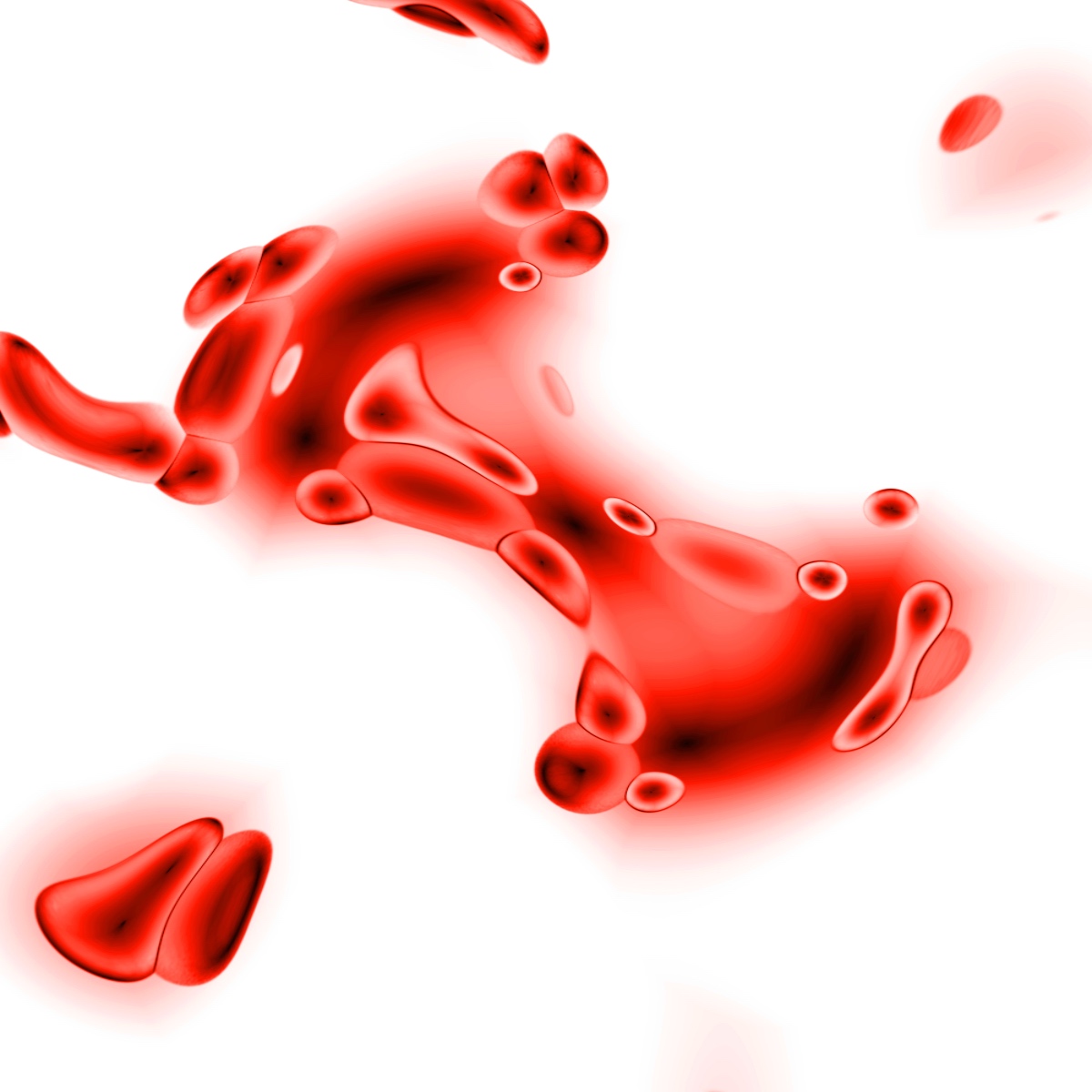Polycythemia Vera Overview

Polycythemia vera (PV) is a rare, chronic blood disorder. As a rare disease, those diagnosed with PV or caregivers often know little about it. In this article, we focus on giving a brief overview of the disease and answering some of the most frequently asked questions about polycythemia vera.
Defining Polycythemia Vera
Polycythemia vera is a complicated disease. It can sometimes be challenging to understand precisely what the condition is due to its multiple complications. In this section, we look at defining and categorizing polycythemia vera.
What is Polycythemia Vera (PV)?
Polycythemia Vera (PV) is a rare, chronic blood disorder characterized by the overproduction of red blood cells in the bone marrow. Often white blood cells and platelets are overproduced as well.
The increased volume of blood cells results in a condition known as hyperviscosity, or the thickening of the blood. Hyperviscosity can lead to an increased risk of blood clots among other complications.
“Polycythemia vera is different than myelofibrosis. We caught it earlier in the life of the myeloproliferative neoplasms. There are abnormalities that lead to uncontrolled cell growth. Polycythemia patients come with a very high red blood cell count, and many have also high white cells and high platelets. That’s why it’s called polycythemia. All the cells grow.”
Dr. Srdan Verstovsek | Read more about Dr. Verstovsek’s insight on PV
Is Polycythemia Vera a Myeloproliferative Neoplasm (MPN)?
As a chronic blood disorder characterized by over production of red blood cells, Polycythemia Vera does fall under the classification of an MPN. Myeloproliferative neoplasms are a collection of blood cancer disorders believed to be caused by mutations in bone marrow stem cells.
Is Polycythemia Vera Considered Cancer?
Yes, polycythemia vera is considered a form of blood cancer. According to the National Organization for Rare Disorders (NORD), the World Health Organization reclassified the disease in 2008 as an MPN to reflect the consensus that PV is cancerous.
Types of Polycythemia
Polycythemia vera is just one form of polycythemia. This section looks at the different types of polycythemias and see how they differ.
Generally, there are two types of polycythemia: relative polycythemia and absolute polycythemia.
Polycythemia
Polycythemia is the condition of having an irregularly high PCV, hemoglobin, or red blood cell (erythrocyte) counts. This increase results in the blood becoming thicker, ultimately resulting in slowed blood flow throughout the body. Polycythemia is also sometimes referred to as erythrocytosis.
Relative Polycythemia
Relative polycythemia is where your blood is thicker, making it appear that you may have absolute polycythemia. However, the increase in blood thickness is the result of a reduced amount of plasma in your blood.
Relative polycythemia is often the result of:
- Obesity
- Smoking
- Overconsumption of alcohol
- Dehydration
- Hypertension
- Certain medications
Often the impact of apparent polycythemia is improved by managing the underlying cause. For example, losing weight, cutting back on drinking, or no longer smoking can help address the blood thickness.
Absolute Polycythemia
Absolute polycythemia is the result of your body overproducing red blood cells. Absolute polycythemia is either classified as primary polycythemia or secondary polycythemia.
Primary Polycythemia vs. Secondary Polycythemia
The treatment approach can vary significantly depending on which form of absolute polycythemia you have. This section defines and identifies the differences between primary polycythemia (polycythemia vera) and secondary polycythemia.
Primary Polycythemia
Primary polycythemia, also known as polycythemia vera (PV) or polycythemia ruba vera, is a myeloproliferative neoplasm in which the bone marrow overproduces blood cells that function abnormally.
Secondary Polycythemia
Secondary polycythemia is where some condition, other than PV, is causing the body to overproduce red blood cells. Some common conditions that cause secondary polycythemia include:
- Hypoxia
- Sleep apnea
- Certain types of tumors
- High levels of the erythropoietin hormone (EPO)
Some kinds of performance-enhancing drugs can also cause secondary polycythemia.
What is the Difference Between Polycythemia Vera and Secondary Polycythemia?
While there are several differences between PV and secondary polycythemia, the main difference is that PV is the result an abnormality in red blood cell production and secondary polycythemia is the result of an underlying condition.
Both PV and secondary polycythemia can increase red blood cell count, but PV can also increase white blood cells and platelets.
The Role of the JAK2 in Polycythemia Vera
According to the MPN Research Foundation, over 90% of individuals diagnosed with PV have a Janus Kinase 2 (JAK2) gene mutation. Therefore, understanding how the JAK2 gene affects PV is essential to understanding polycythemia vera.
What is the JAK2 Gene?
The JAK2 gene makes a protein that promotes cell growth and division (proliferation. The gene is also responsible for assisting in regulating red blood cells, white blood cells, and platelets.
What Happens When the JAK2 Gene has a Mutation?
The kidneys produce a hormone called erythropoietin, which is responsible for activating the JAK2 Gene. However, when there is a mutation in the JAK2 gene, it always remains active.
When the JAK2 gene remains activated, the red blood cells continue to proliferate (divide) uncontrollably. As a result, these mutated cells become the predominant cells in the bone marrow.
Eventually, the mutated cells die out, preventing the bone marrow from producing blood cells. At this point, PV enters the spent phase and becomes an entirely new disease known as myelofibrosis.
Osmosis.org has an excellent video explaining this process if you’d like to learn more about the JAK2 gene’s impact on PV.
Learn More About Polycythemia Vera
Polycythemia Vera Stories
Taja S., Polycythemia Vera
Symptoms: Chronic fatigue, fainting, stroke-like episodes, elevated hemoglobin, hematocrit, and platelet count
Treatments: Emergency surgery for ruptured cyst & bowel obstruction, chemotherapy, radiation, bone marrow transplant
Jeremy S., Polycythemia Vera
Jeremy Smith and Dr. Angela Fleischman share empowering insights on living well with polycythemia vera, from symptoms to treatment and patient advocacy.
Todd S., Polycythemia Vera
Symptoms: None, discovered during a routine physical that uncovered extremely high blood counts
Treatments: Phlebotomy, aspirin
Nick N., Polycythemia Vera
Symptoms: None, caught at routine physical
Treatments: Phlebotomy, Besremi




